
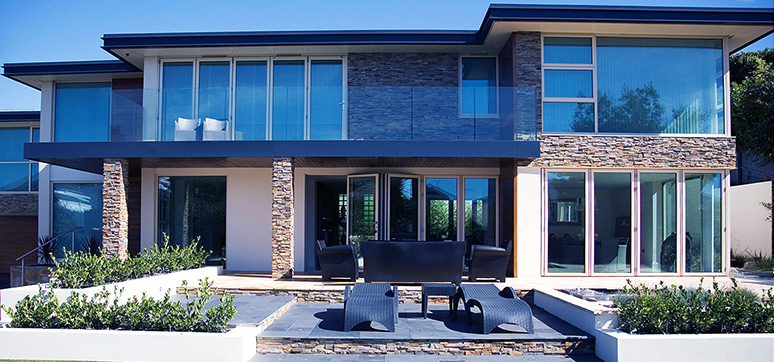
The exterior facade remains the first point of stylistic expression as it adds grandeur and elegance to any structure.One of the most popular choices for facades is stone.The beauty of stone cladding is that it brings a personal and unique aesthetic appeal to any space.Since stone is a versatile material with many possibilities, it can be used on both interior and exterior walls to enhance the appearance of the area.
In India, hard rocks like granite, sandstone, basalt and slate are the most common choices for exterior wall cladding, while softer materials like marble are more suitable for interior decoration.There are several factors to consider before choosing the best type of stone, including appearance, intended use, size of the space, and the type of composite material that provides strength and durability.
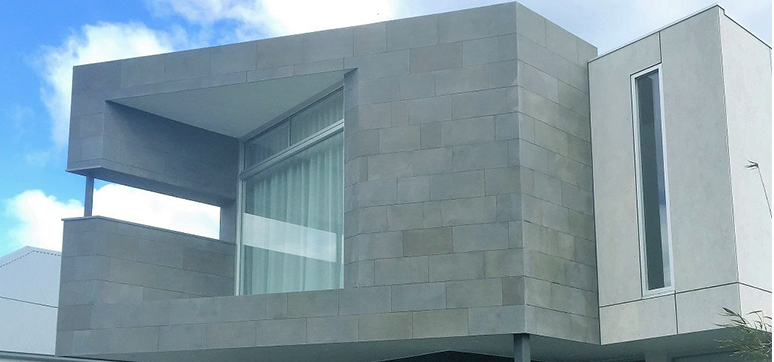
Dark gray-blue volcanic stone is the most suitable choice for indoor and outdoor stone wall cladding.The notable qualities of basalt are its durability, elasticity and high insulating capacity.
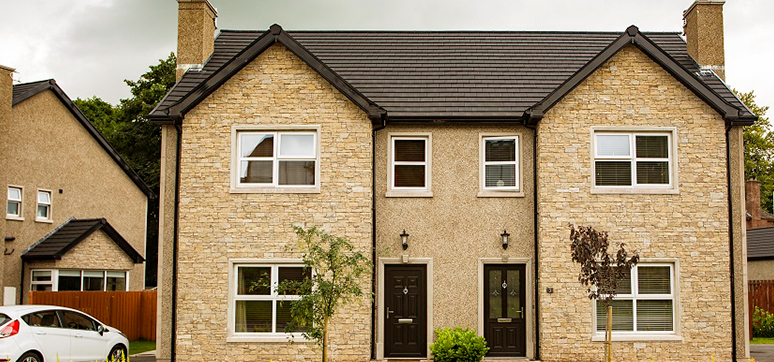
Granite is one of the most preferred building materials for exterior wall cladding.The distinguishing feature of this stone is the durability and persistence of its color and texture.

This historic stone is made of light-colored limestone and dolomite.Jerusalem Stone is known for its density and ability to effectively withstand harsh conditions.
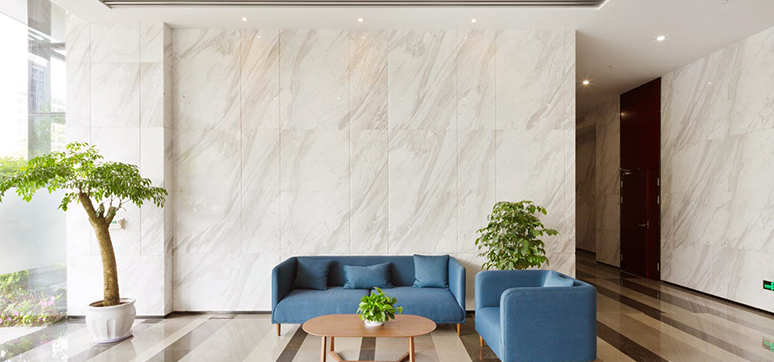
Marble symbolizes elegance and grandeur.This natural stone is difficult to work with, but the results are impressive.
Slate is a metamorphic rock considered the best building material for interior and exterior wall cladding.Its high durability, excellent water resistance, and elegant and sophisticated appearance make it a stylish choice for stone veneer.

This unique and versatile stone is perfect for architectural surfaces as it can be carved and shaped with relative ease.
Stone veneer is an excellent choice for exterior wall cladding and there are two main installation methods, namely wet installation and dry installation.
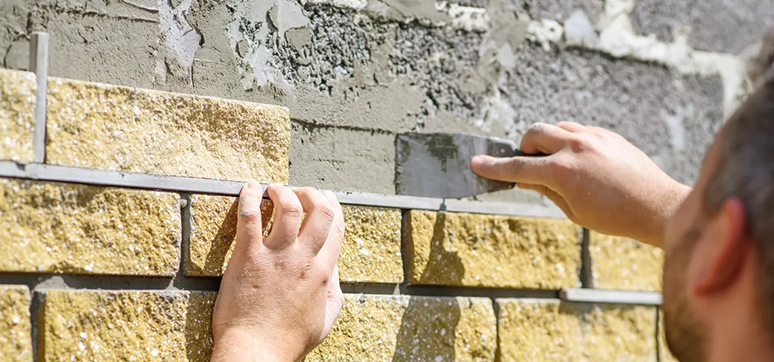
This is the best and safest method compared to wet cladding installation of thick stone cladding as each piece is secured with embedded metal anchors and it will remain in the exact position for many years.This method is expensive and requires highly skilled labor.
The wet installation method is the most common method used for stone cladding.This technology does not require any on-site drilling and therefore prevents cracks in the walls.This is also a much cheaper method than dry stone cladding.The only limitation of this method is that it leaves no room for subsequent expansion of the stone, causing the stone to warp.